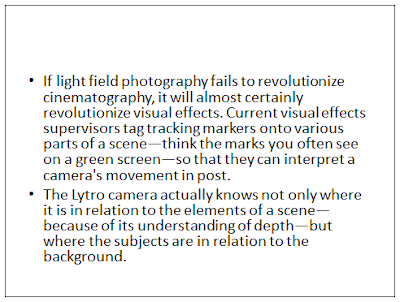Contracts, Legal and Ethical Obligations
The media industry is a one kind of industry, it is flexible and always changing. This means that the contracts its workers have are more flexible than traditional jobs.
These are some of the most common contracts:
- Full-time, permanent
- Part-time, permanent
- Fixed-term, and freelance
- Shift work
- Office hours
- Irregular and anti-social hours pay
- Salaried
- On completion
On a full-time permanent contract you work on a full-time basis, usually 39 hours a week. A permanent contract means you are a regular member of staff entitled to company benefits including, pensions, sick pay, maternity/paternity leave and holiday pay.
The job roles most likely to be full-time permanent are in management, editing, finance, creative and sometimes marketing.
Part-time permanent means you work a fraction of a full-time contract, again with a set amount of hours a week. You will also be entitled to the same benefits as full-time permanent but on a reduced basis due to working fewer hours.
The job roles most likely to ne part-time permanent are in financial and sometimes marketing.
Fixed-term and freelance contracts are similar in that they are both temporary and will only last for a certain period of time. Under a fixed-term contract you may still be entitled to company benefits if outlined in your contract. However, a freelance worker will be responsible for their own arrangements in terms of pension, holiday and sick pay and other allowances.
The job roles most likely to be fixed-term and freelance are in technical, creative and marketing.
Shift work means your hours are set to a certain time of the day., for example 9am-4pm or 11pm-6am. Shifts can include late or night work and are often used in places that need to be manned 24 hours a day, such as broadcasting centres (TV centres/radio centres).
Traditionally, office hours are Monday to Friday, 9am-5pm. This contract is very common for people working in administration.
The job roles most likely to be office hours are in financial, marketing and some assistant jobs.
Irregular and anti-social hours are like overtime, when a person is paid extra money on top of their normal wages for working over or working unsociable hours. This is common in the media industry as production work, especially on location, can be irregular and may involve working very early or late. This pay is an incentive to people to work the unsociable hours beyond their normal contracted duties.
Salaried is a set annual wage that is broken down into monthly payments. A salary will be advertised as: £23,000 per year. This is then divided by 12 to give you the monthly payment of £1,917.
The job roles most likely to be salaried are in management, technical and creative.
On completion is very common in this field of work, especially for people commissioned to do work. The contract outlines what you are to do and by when. You will be paid the agreed fee when the work is completed according to the contract.
The job roles most likely to be on completion are in creative and technical.
Written into some contracts are confidentiality and exclusivity clauses.
A confidentiality contract means that you agree to not discuss or reveal any details of the project you are working on to people who are not involved.
An exclusivity contract is when two separate parties agree to work together for a certain period of time prohibiting any of the involved parties from working with anyone else during the contract duration.














